- No products in the cart.
Berodual H spray ing. scrapper. 20mkg + 50mkg 10ml dose 200 doses
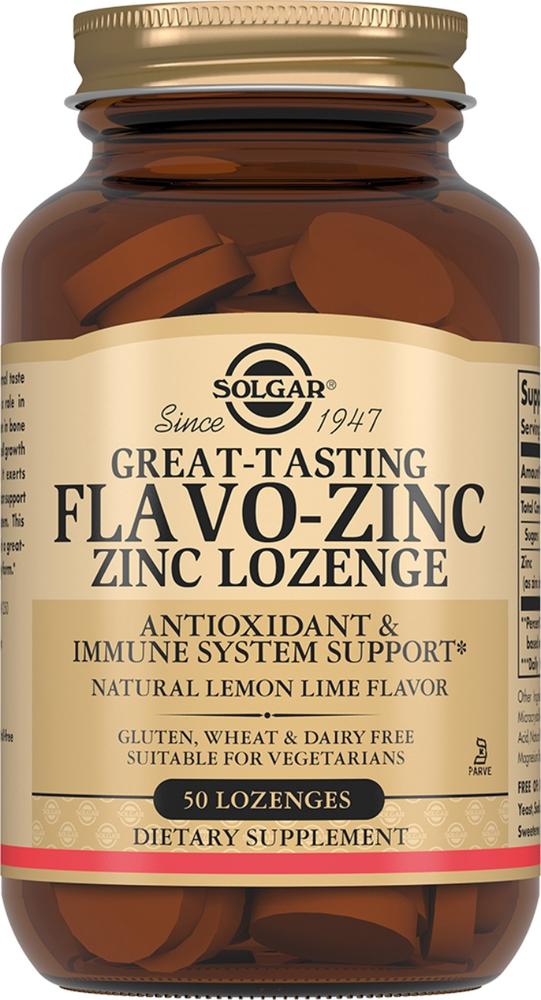
Solgar lozenges 50 pcs Flavio zinc
$14.54
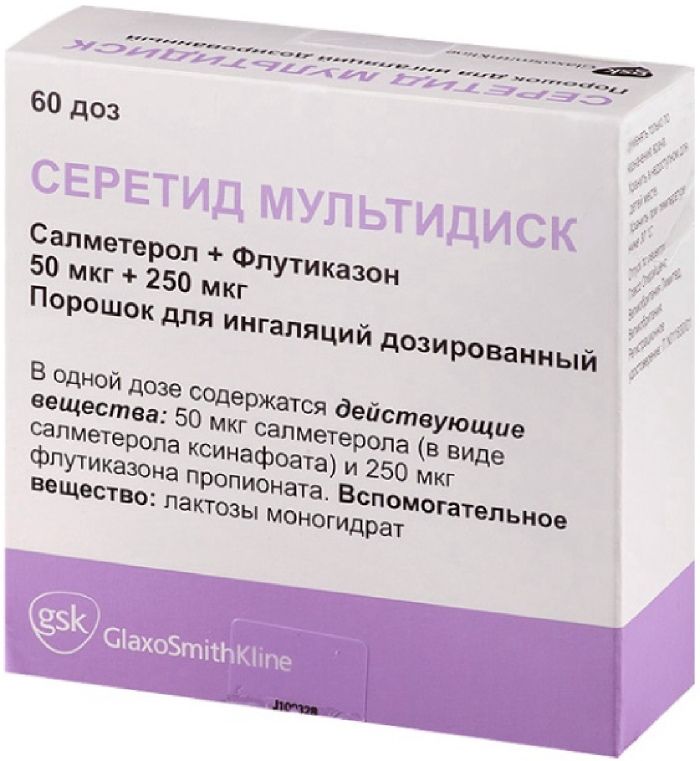
Seretide multidisk powder ing.dozir. 50mkg / 250mkg 60doz with inhaler
$33.31
$10.63
Berodual H spray ing. scrapper. 20mkg + 50mkg 10ml dose 200 doses
SKU: 859541237 Categories: Bronchial asthma, COPD, Medicaments Tags: Behringer, fenoterol +, Ipratropium bromide
Description
Composition
Active substance:
1 dose contains: ipratropium bromide monohydrate 0.021 mg (21 ug), which corresponds to 0.020 mg of ipratropium bromide (20 ug), fenoterol hydrobromide 0.050 mg (50 mg) ;.
Excipients:
Ethanol absolute 13.313 mg Purified water 0.799 mg, 0.001 mg citric acid, tetrafluoroethane (HFA134a, propellant) 39.070 mg.
Description:
Transparent, colorless or slightly yellow or slightly brownish liquid, free from suspended particles.
Product form:
Aerosol for inhalation dose of 20 .mu.g + 50 pg / dose. 10 ml (200 doses) in a metal canister with a metering valve and the mouthpiece with a protective cap with the company logo. Balloon with instructions for use in a cardboard box.
Contraindications
Hypertrophic obstructive cardiomyopathy, tachyarrhythmia; Hypersensitivity to fenoterol hydrobromide, atropine like substances or any other components of the drug, the first trimester of pregnancy, children under 6 years.
Precautions: angle-closure glaucoma, coronary insufficiency, arterial hypertension, insufficiently controlled diabetes, recent myocardial infarction, severe organic heart and vascular disease, hyperthyroidism, pheochromocytoma, prostatic hypertrophy, bladder neck obstruction, cystic fibrosis, childhood.
Dosage
20 .mu.g + 50 pg / dose
Indications
Prevention and symptomatic treatment of obstructive airway diseases with reversible airways obstruction such as asthma, chronic obstructive pulmonary disease, chronic bronchitis, emphysema, the presence or without it.
Interaction with other drugs
Long term use of the drug simultaneously with other beroduala H anticholinergic drugs are not recommended due to lack of data. beta-adrenergic and anticholinergics, xanthine derivatives (e.g., theophylline) may enhance the effect of bronchodilator drug beroduala N. The simultaneous administration of other beta-agonists, entering the systemic circulation anticholinergics or xanthine derivatives (e.g., theophylline) may lead to increased side effects. Perhaps a significant weakening of bronchodilator action Flomax drug H, while the appointment of beta-blockers. Hypokalemia associated with beta-agonists, can be enhanced while appointment xanthine derivatives, glucocorticoids, and diuretics. It should pay particular attention to the treatment of patients with severe obstructive airways disease. Hypokalemia may increase the risk of arrhythmias in patients receiving digoxin. Additionally, hypoxia may exacerbate the negative effect of hypokalaemia on cardiac rhythm. In such cases, it is recommended to carry out monitoring of the concentration of potassium in the blood serum. It should be used with caution beta2-adrenergic agents patients receiving monoamine oxidase inhibitors, and tricyclic antidepressants, since these drugs can enhance the effect of beta-adrenergic agents. Inhalation anesthetics, halogenated hydrocarbon, e.g. halothane, enflurane or trichlorethylene, can enhance the adverse effect of beta-adrenergic agents to the cardiovascular system.
Overdose
Overdose symptoms commonly associated predominantly with the action of fenoterol. Perhaps the appearance of the symptoms associated with excessive stimulation of beta-adrenergic receptors. Most likely occurrence of tachycardia, palpitations, tremor, hypertension or hypotension, increased pulse pressure, stenokardicheskie pains, arrhythmias, and tides, metabolic acidosis, hypokalemia. Overdose symptoms ipratropium bromide (such as dry mouth, eye ccomodation), given the greater breadth of therapeutic action of the drug and a local mode of application, and typically have malovyrazheny transient nature
Treatment: you must stop taking the drug. Should take into account monitoring data of acid-base balance of blood. Showing sedatives, tranquilizers, in severe cases – intensive care. As a specific antidote possible use of beta-blockers, preferably beta1-selective blockers. However, be aware of the possible strengthening of bronchial obstruction under the influence of beta-blockers and carefully select a dose for patients with asthma or chronic obstructive pulmonary disease (COPD), in connection with the danger of severe bronchospasm, which can be fatal.
pharmachologic effect
Pharmacological group:
Bronchodilatory agent combined (selective beta2- adrenoagonists + M-holinoblokator.
Pharmacodynamics:
Berodual H comprises two components having bronchodilating activity: ipratropium bromide – M-holinoblokator and fenoterol hydrobromide – beta2-agonists. Bronchodilation when inhaled ipratropium bromide is mainly due to local rather than systemic anticholinergic effects. Ipratropium bromide is a quaternary ammonium compound having anticholinergic (parasympatholytic) properties. Ipratropium bromide inhibits the reflexes caused by the vagus nerve. Anticholinergics prevent the increase in intracellular concentration of Ca2 +, which is due to interaction with muscarinic acetylcholine receptors located on smooth muscle bronchus. Ca2 + release mediated by the system of secondary mediators, which include ITF (inositol triphosphate) and DAG (diacylglycerol). In patients with bronchospasm associated with chronic obstructive pulmonary diseases (chronic bronchitis and emphysema), significant improvement in lung function (increase in forced expiratory volume in 1 second (FEV1), and peak expiratory flow rate at 15% or more) was observed for 15 minutes, maximal effect was achieved after 1-2 hours and lasted in most patients to 6 hours after administration. Ipratropium bromide has no adverse effect on mucus secretion in airway mucociliary clearance and gas exchange. Fenoterol hydrobromide selectively stimulates beta2-adrenergic receptors in the therapeutic dose. Stimulation of the beta2-adrenergic receptors activate adenylyl cyclase via stimulation Gs- protein. Stimulation of the beta1-adrenergic receptor occurs at high doses. Fenoterol hydrobromide relaxes bronchial smooth muscle and blood vessels and prevents the development of bronchospastic reactions, caused by histamine, methacholine, cold air and allergens (immediate hypersensitivity reaction). Immediately after administration fenoterol blocking the release of mediators of inflammation and bronchial mast cell. Furthermore, when using fenoterol at doses of 0.6 mg, it was noted enhancement of mucociliary clearance. beta-adrenergic effect of the drug on cardiac activity, such as increased frequency and severity of cardiac contractions, due to the action of vascular fenoterol, beta2-adrenergic stimulation of the heart, and at doses exceeding therapeutic, beta1-adrenoceptor stimulation. As with other beta adrenergic agents mentioned elongation interval QTc at high doses. When using fenoterol via aerosol metered dose inhalers (MDIs), this effect was unstable and was observed in the case of doses exceeding recommended. However, after applying fenoterol using nebulizers (for the inhalation solution in vials with standard dose) systemic exposure may be higher than when using the drug by MDI at recommended doses. The clinical significance of these observations is not established. The most frequently observed effect of beta-adrenoceptor agonists is tremor. In contrast to the effects on the bronchial smooth muscle, to the systemic effects of beta adrenergic agonists may develop tolerance, the clinical significance of this manifestation is not clear. Tremor is the most common adverse effect of using beta-adrenoceptor agonists. In joint use of these two active substances bronchodilatory effect is achieved by acting on different pharmacological targets. These substances complement each other, resulting in enhanced spasmolytic effect on the bronchial muscle and provides greater latitude therapeutic action in bronchopulmonary diseases involving airway constriction. The complementary action is such that to achieve the desired effect requires a lower dose of beta-adrenergic component that enables individually choose an effective dose in the substantial absence of side effects. In acute bronchoconstriction H Flomax drug effect develops rapidly, it can be used for acute attacks of bronchospasm.
Pharmacokinetics:
Therapeutic effect of the combination of ipratropium bromide and fenoterol hydrobromide is a consequence of its local effects in the respiratory tract. Bronchodilation development not parallel to the pharmacokinetic parameters of the active substances. After inhalation into the lungs usually falls (depending on the formulation and inhalation technique) 10-30% of the administered dose. The remainder of the dose is deposited on the mouthpiece, in the mouth and oropharynx. Part of the dose deposited in the oropharynx is swallowed and enters the gastrointestinal tract. Part of the dose of the drug into the lungs rapidly reaches the systemic circulation (within several minutes). There is no evidence that the pharmacokinetics of the drug combination is different from that of each of the individual components.
Fenoterol hydrobromide: swallowed portion of the dose metabolized before sulfate conjugates. Absolute oral bioavailability is low (about 1.5%). After intravenous administration of free and conjugated fenoterol up in 24-hour urine sample, respectively, 15% and 27% of the administered dose. After inhalation, about 1% of the administered dose was excreted in the form of free fenoterol at 24-hour urine sample. On this basis, the overall systemic bioavailability of inhaled doses of fenoterol hydrobromide is estimated at 7%. The kinetic parameters that describe fenoterol distribution calculated from the plasma concentrations after i / v injection. After the on / in the profiles of the plasma concentration-time can be described as 3-kompartmentno model in which the half-life of approximately 3 h. In this 3-kompartmentno model fenoterol apparent volume of distribution at steady state (Vdss) of approximately 189 liters (approximately 2.7 L / kg). About 40% of fenoterol bound to plasma proteins. Preclinical studies have shown that fenoterol and its metabolites do not cross the blood-brain barrier. Total clearance fenoterol – 1.8 l / min, renal clearance – 0.27 l / min. The total renal excretion (within 2 days) of isotope-labeled dose (including starting material and all metabolite) following intravenous administration was 65%. Isotopically labeled total dose excreted through the intestines, after intravenous administration was 14.8%, after ingestion – 40.2% for 48 hours, isotope-labeled total dose excreted through the kidneys, after oral administration was about 39%.
Ipratropium bromide: total renal excretion (within 24 hours) of the starting compound is about 46% of the intravenously administered dose of less than 1% of the dose applied inside, and about 3-13% of the inhaled dose. From these data, it is calculated that the total systemic bioavailability ipratropium bromide, used inside and inhalation, is 2% and 7-28%, respectively. Thus, the influence swallowed portion ipratropium bromide on systemic exposure is negligible. The kinetic parameters that describe the distribution of ipratropium bromide, calculated on the basis of its concentration in plasma after intravenous administration. A rapid biphasic decline in plasma concentrations. The apparent volume of distribution at steady state (Vdss) is approximately 176 liters (approximately 2.4 L / kg). The drug binds to plasma proteins to a minimum extent (less than 20%). Preclinical studies have shown that ipratropium are quaternary ammonium compound, it does not penetrate the blood-brain barrier. The half-life in the terminal phase is about 1.6 hours. Ipratropium total clearance is 2.3 l / min and the renal clearance – 0.9 l / min. After intravenous administration, approximately 60% of the dose is metabolized by oxidation, mainly in the liver. The total gross renal excretion (for 6 days) isotope labeled dose (including starting material and all metabolite) following intravenous administration was 72.1%, after ingestion – 9.3%, and after inhalation application – 3.2%. Isotopically labeled total dose excreted through the intestines, after intravenous administration was 6.3%, after ingestion – 88.5%, and after inhalation application – 69.4%. Thus, the excretion of isotope-labeled dose after intravenous administration is carried out mainly through the kidneys. The half-life of the parent compound and the metabolites is 3.6 hours. The major metabolites that can be output in urine bind poorly to the muscarinic receptors and are considered to be inactive.
Pregnancy and breast-feeding
Pregnancy: the existing clinical experience has shown that fenoterol and ipratropium did not have a negative effect on pregnancy. However, the use of these drugs during pregnancy should follow the usual precautions, especially in the first trimester. It should take into account the inhibitory effect of fenoterol on uterine contractility.
Lactation: Preclinical studies have shown that fenoterol hydrobromide can pass into breast milk. Regarding ipratropium such data are not obtained. Ipratropium significant impact on the infant, particularly when the drug in aerosol form, it is unlikely. Nevertheless, given the ability of many drugs penetrate into breast milk, when administering the drug beroduala H breastfeeding women, caution
Fertility: no clinical data on the effect of fenoterol hydrobromide, ipratropium bromide, or combinations thereof on fertility. Preclinical studies have shown no effect of ipratropium bromide and fenoterol hydrobromide on fertility.
Conditions of supply of pharmacies
Prescription.
side effects
Many of the listed undesirable effects can be caused by anticholinergics and beta-adrenergic properties of the drug. Flomax H as any inhalation therapy, may cause local irritation. Adverse drug reactions were determined based on data obtained in the clinical studies and in the supervision of the pharmacological use of the drug after its registration.
The most common side effects reported in clinical studies were cough, dry mouth, headache, tremor, pharyngitis, nausea, dizziness, dysphonia, tachycardia, palpitations, vomiting, increase in systolic blood pressure and nervousness.
The frequency of adverse reactions that can occur during treatment is shown by the following grading: very often (> 1/10); common (> 1/100,
special instructions
Shortness of breath: in case of unexpected rapid amplification of dyspnea (difficulty breathing) should immediately seek medical advice
Hypersensitivity: after treatment beroduala H can be immediate hypersensitivity reactions, features which in rare cases can be: urticaria, angioedema, skin rashes, bronchospasm, oropharyngeal edema, anaphylactic shock.
Paradoxical bronchospasm: H berodual, like other inhaled drugs can cause paradoxical bronchospasm, which can be life threatening. In the case of paradoxical bronchospasm use Flomax H drug should be discontinued immediately and switch to an alternative therapy
Prolonged use: in patients suffering from bronchial asthma, drug beroduala H should be used only when needed. In patients with mild COPD, symptomatic treatment may be preferable to regular use. Patients with asthma should be aware of the need for strengthening or anti-inflammatory therapy to control airway inflammation and the disease process. Approved on 08.08.2017, CCDS 0279-03 12 Regular use of increasing doses of drugs containing beta 2-agonists such as beroduala H, for the relief of bronchial obstruction can cause uncontrolled degradation of the disease course. In the event the bronchial obstruction increasing the dose of beta 2-agonists, including H beroduala longer recommended for a long time not only justified, but also dangerous. To prevent life-threatening deterioration of disease should consider reviewing the patient’s treatment plan, and adequate anti-inflammatory therapy with inhaled corticosteroids. Other sympathomimetic bronchodilators should be administered simultaneously with the drug Flomax H only under medical supervision
Disorders of the gastrointestinal tract: in patients with a history of cystic fibrosis, gastrointestinal motility disorders are possible.
Violations by the organs of vision: should avoid contact with the drug in the eye. Flomax N should be used with caution in patients predisposed to acute glaucoma. Known individual reports of complications from organ of vision (such as increased intraocular pressure, mydriasis, angle-closure glaucoma, eye pain), which developed in contact with inhaled ipratropium bromide (ipratropium bromide or in combination with agonists of the beta 2-adrenergic receptors) in the eye. Symptoms of acute angle-closure glaucoma can be a pain or discomfort in the eyes, blurry vision, ghosting in objects and colored spots before his eyes in combination with corneal edema and redness of the eye due to conjunctival vascular injection. If any composition develops these symptoms, it shows the use of eye drops that reduce intraocular pressure and immediately consult a specialist.
Systemic effects: the following diseases: recent myocardial infarction, diabetes mellitus with inadequate glycemic control, hard protekayuschix organicheskix zabolevaniyax heart and blood vessels, hyperthyroidism, pheochromocytoma or urinary tract obstruction (such as prostatic hyperplasia or bladder outlet obstruction) beroduala H should be applied only after careful evaluation of the risk / benefit ratio, especially when used in excess of recommended doses.
Влияние на сердечно-сосудистую систему: в постмаркетинговых исследованиях отмечались редкие случаи возникновения ишемии миокарда при приеме бета-агонистов. Пациентам с сопутствующими серьезными заболеваниями сердца например, ишемической болезнью сердца, аритмиями или выраженной сердечной недостаточностью, получающим БЕРОДУАЛ Н, следует обратиться к врачу в случае появления болей в груди или других симптомов, указывающих на ухудшение заболевания сердца. Необходимо обращать внимание на такие симптомы как одышка и боль в груди, так как они могут быть как сердечной, так и легочной этиологии.
Гипокалиемия: при применении бета2-агонистов может возникать гипокалиемия (см. раздел «Передозировка»).
У спортсменов применение препарата БЕРОДУАЛ Н в связи с наличием в его составе фенотерола может приводить к положительным результатам тестов на допинг. Следует учитывать, что препарат содержит небольшое количество этанола (13,313 мг в одной дозе).
Effect on the ability to drive mechanisms and
Studies on the effect of the drug on the ability to drive vehicles and mechanisms have not been conducted. Use caution when performing these activities, since it is possible the development of dizziness, tremor, disorders of accommodation of the eye, blurred vision, and mydriasis. In the event of the above undesirable sensations should refrain from potentially hazardous actions such as control of vehicles and mechanisms.
Storage conditions
Store at a temperature not higher than 25 C.
Хранить в недоступном для детей мест.
Dosing and Administration
Дозу следует подбирать индивидуально. При отсутствии иных рекомендаций врача рекомендуется применение следующих доз:
Взрослые и дети старше 6 лет:
Лечение приступов: в большинстве случаев для купирования симптомов достаточно двух ингаляционных доз аэрозоля. Если в течение 5 минут облегчения дыхания не наступило, можно использовать дополнительно 2 ингаляционные дозы. Если эффект отсутствует после четырех ингаляционных доз, и требуются дополнительные ингаляции, следует без промедления обратиться за медицинской помощью.
Прерывистая и длительная терапия: по 1-2 ингаляции на один прием, до 8 ингаляций в день (в среднем по 1-2 ингаляции 3 раза в день). При бронхиальной астме препарат должен использоваться только по мере необходимости
БЕРОДУАЛ Н у детей следует применять только по назначению врача и под контролем взрослых
Способ применения: пациенты должны быть инструктированы о правильном использовании дозированного аэрозоля. Перед первым использованием нового ингалятора возьмите ингалятор дном вверх, снимите защитный колпачок и сделайте 2 впрыска в воздух, нажав на дно баллончика два раза
Каждый раз при использовании дозированного аэрозоля необходимо соблюдать следующие правила: 1. Снять защитный колпачок. 2. Сделать медленный, полный выдох. 3. Hold the inhaler mouthpiece tightly clasp his lips. Баллончик должен быть направлен дном и стрелкой вверх. 4. Начать вдох и одновременно сильно нажать на дно баллончика до высвобождения одной ингаляционной дозы. Continue to inhale slowly to the maximum and for a few seconds, hold your breath. Then remove the mouthpiece mouth and exhale slowly. Для получения второй ингаляционной дозы повторить действия с этапа 2 5. Надеть защитный колпачок. 6. Если аэрозольный баллончик не использовался более трех дней, перед применением следует однократно нажать на дно баллончика до появления облака аэрозоля.
Так как баллончик непрозрачный, нельзя определить визуально, пустой ли он. Баллончик рассчитан на 200 ингаляций. После использования этого количества доз в нем может оставаться небольшое количество раствора. Тем не менее, следует заменить ингалятор, так как иначе можно не получить необходимую лечебную дозу.
Количество препарата, оставшегося в баллончике, можно проверить следующим образом: встряхните баллончик, это покажет, осталось ли в нем какое-то количество жидкости. Другой способ. Снимите пластмассовый мундштук с баллончика и поместите баллончик в сосуд с водой. Содержимое баллончика может быть определено по его положению в воде (см. инструкцию по применению).
Clean the inhaler at least once a week. Важно содержать мундштук ингалятора в чистоте, чтобы частицы лекарственного вещества не заблокировали высвобождение аэрозоля. During cleaning, first remove the protective cap and remove the canister from the inhaler. Pass through a nebulizer jet of warm water, make sure to remove the drug and / or visible dirt.
After cleaning, shake the inhaler and let it air dry without using heating devices. Как только мундштук высохнет, вставьте баллончик в ингалятор и наденьте защитный колпачок.
ПРЕДУПРЕЖДЕНИЕ: пластиковый мундштук разработан специально для дозированного аэрозоля БЕРОДУАЛ Н и служит для точного дозирования препарата. The mouthpiece should not be used with other metered aerosol. Также нельзя использовать аэрозоль БЕРОДУАЛ Н с какими-либо другими адаптерами, кроме мундштука, поставляемого вместе с баллончиком. Содержимое баллончика находится под давлением. Баллончик нельзя вскрывать и подвергать нагреванию выше 50 °С.
Information
Appearance may differ from that depicted in the picture. There are contraindications. You need to read the manual or consult with a specialist
Additional information
| Weight | 0.100 kg |
|---|---|
| Manufacturer | Behringer |

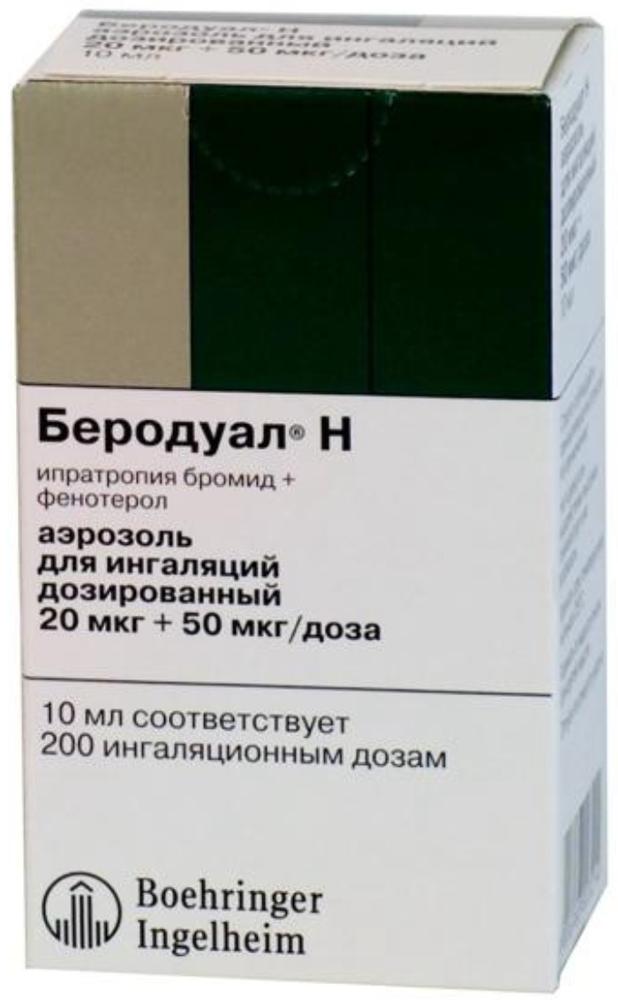
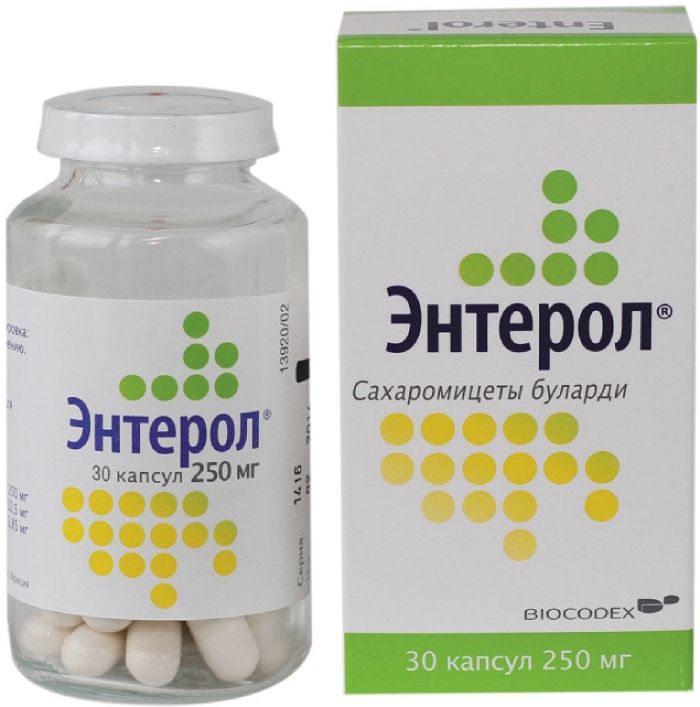

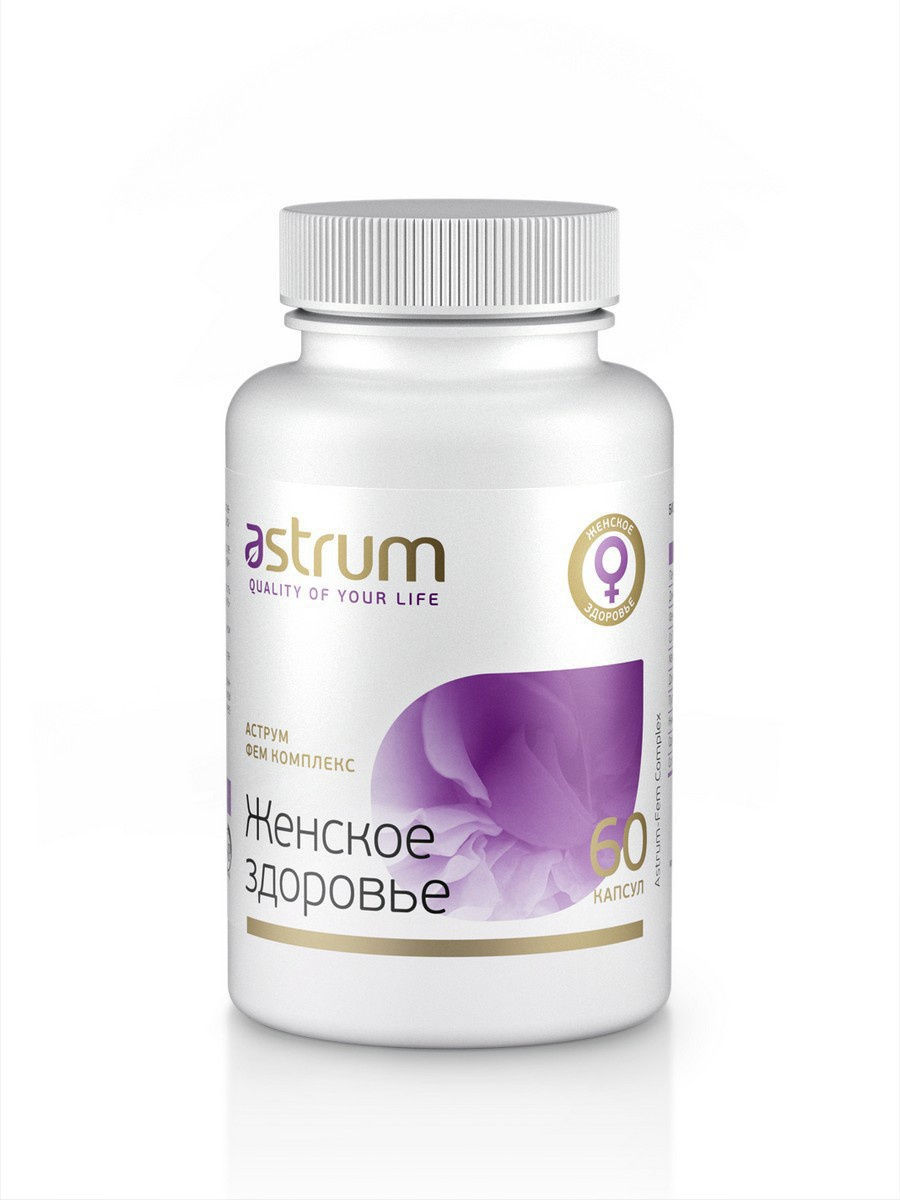
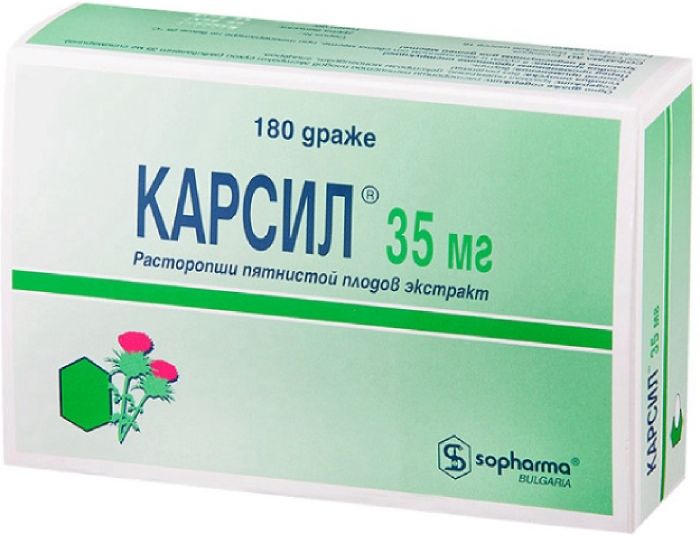
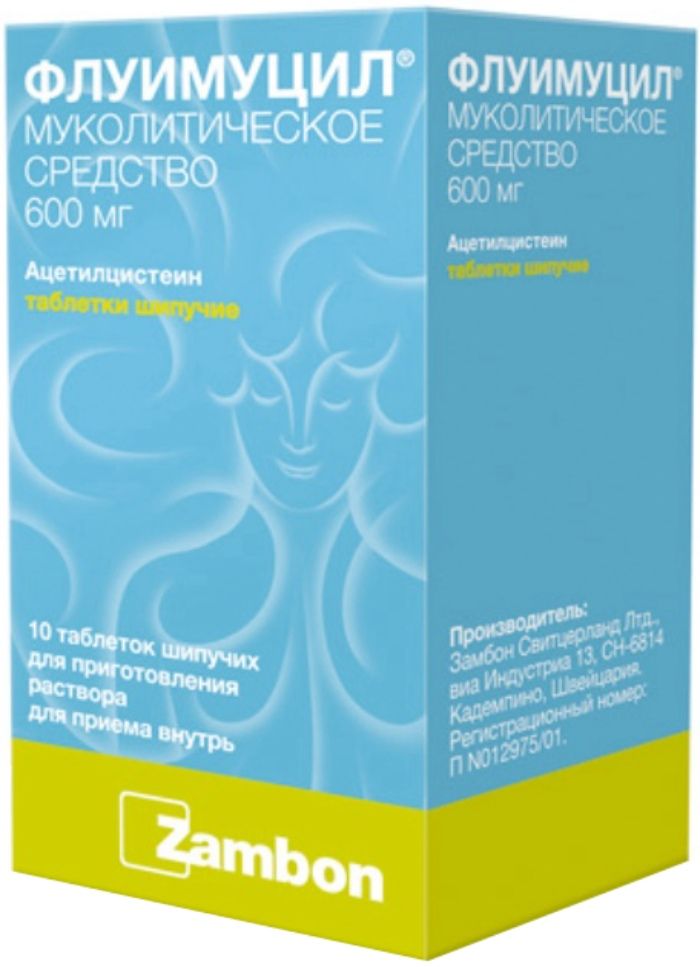
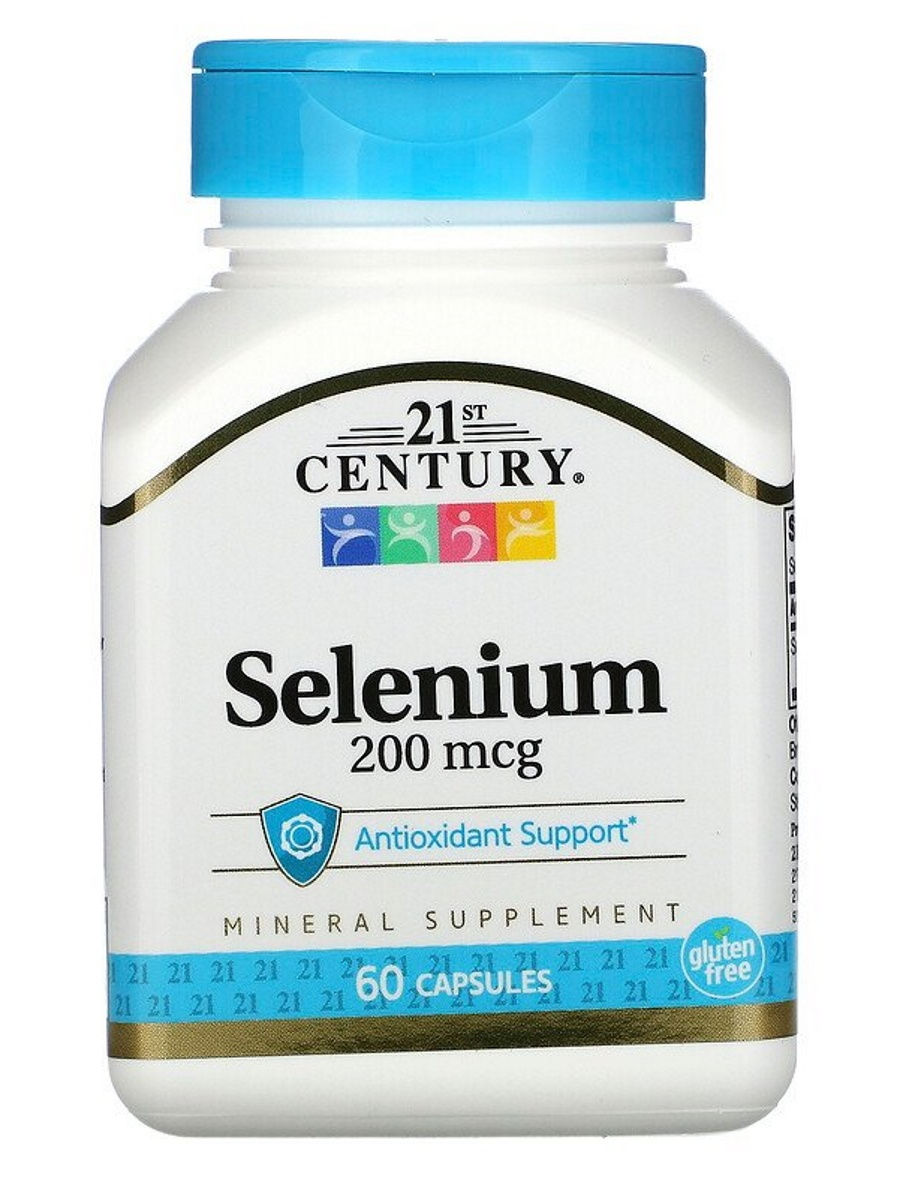




There are no reviews yet.